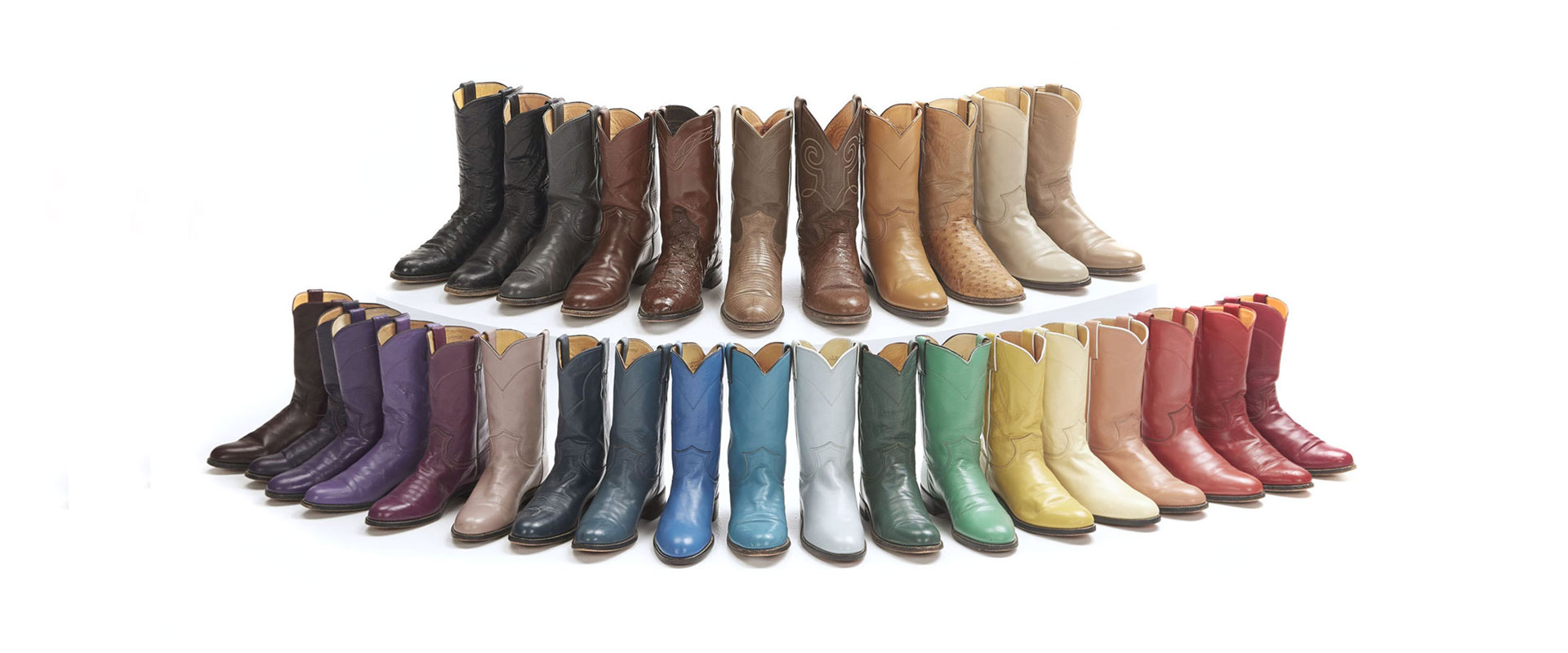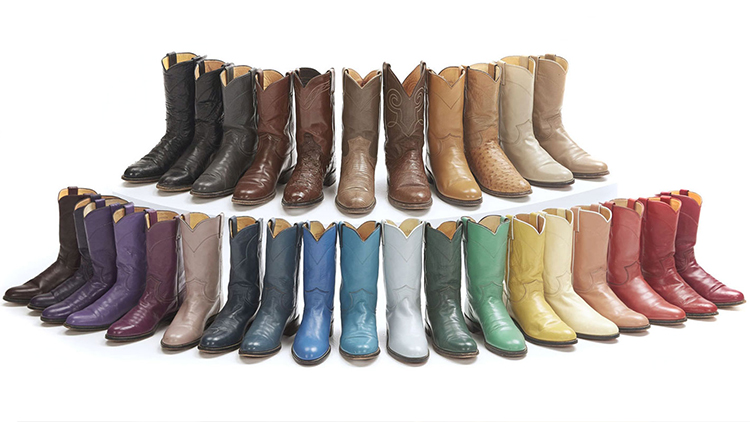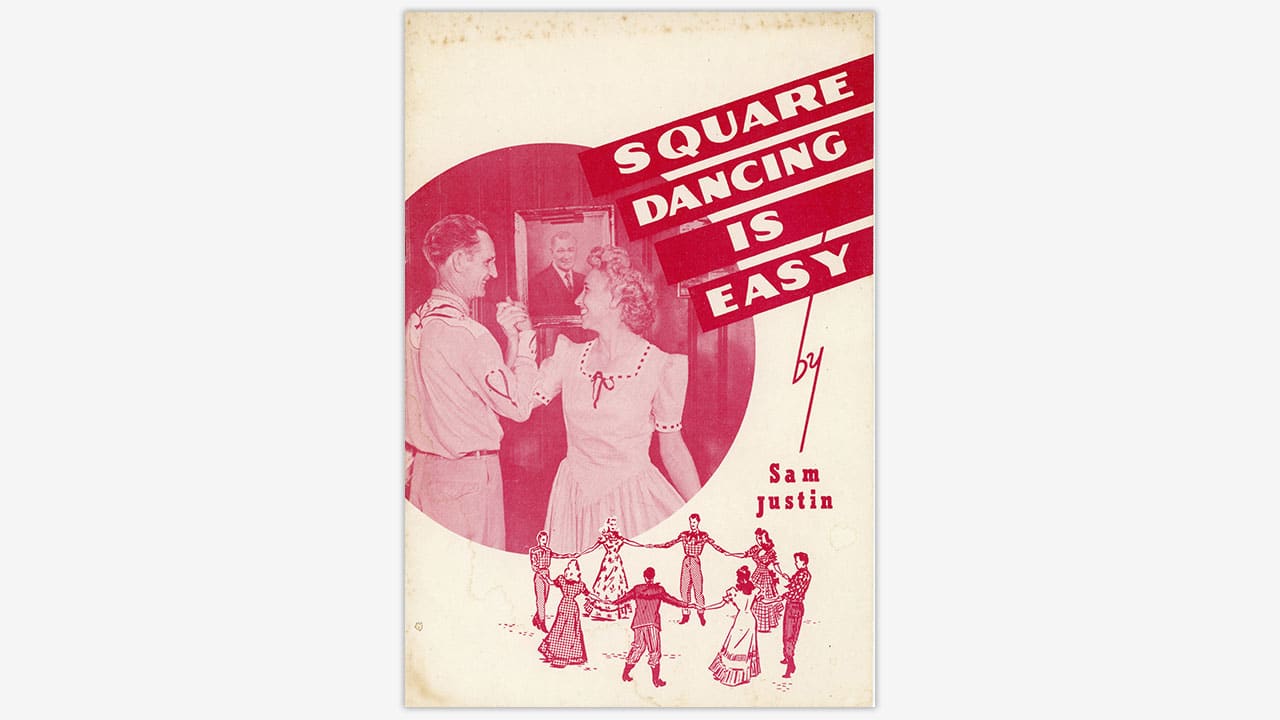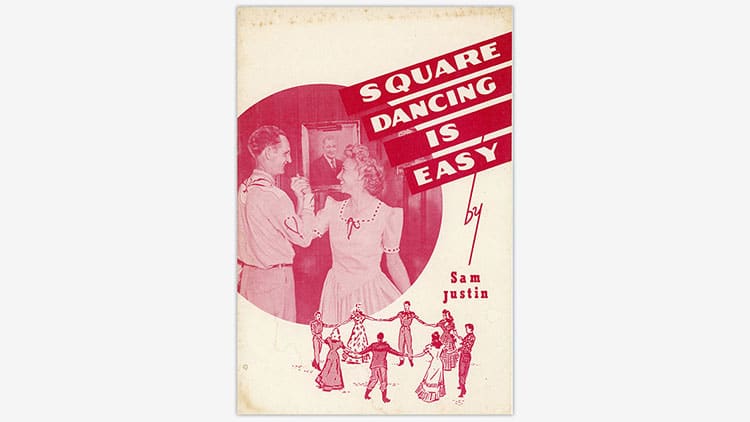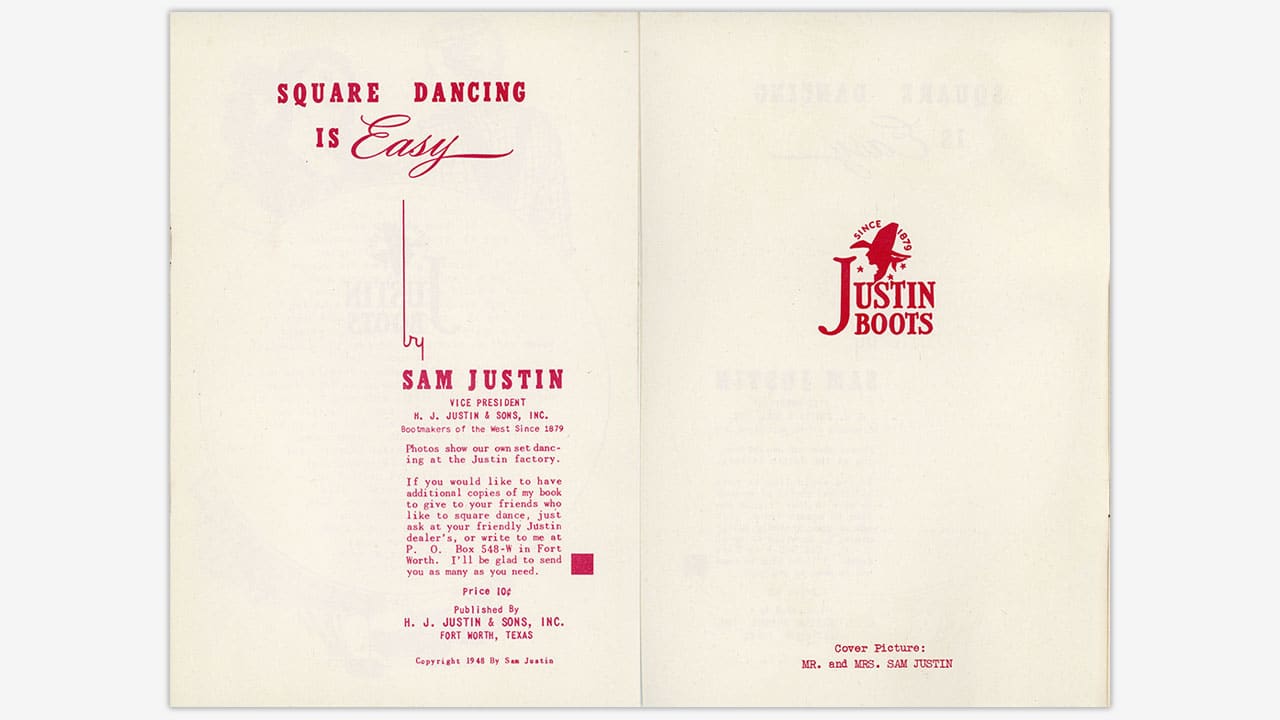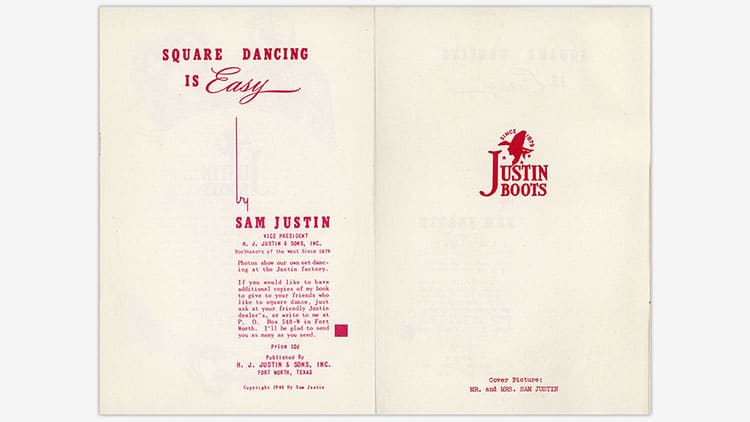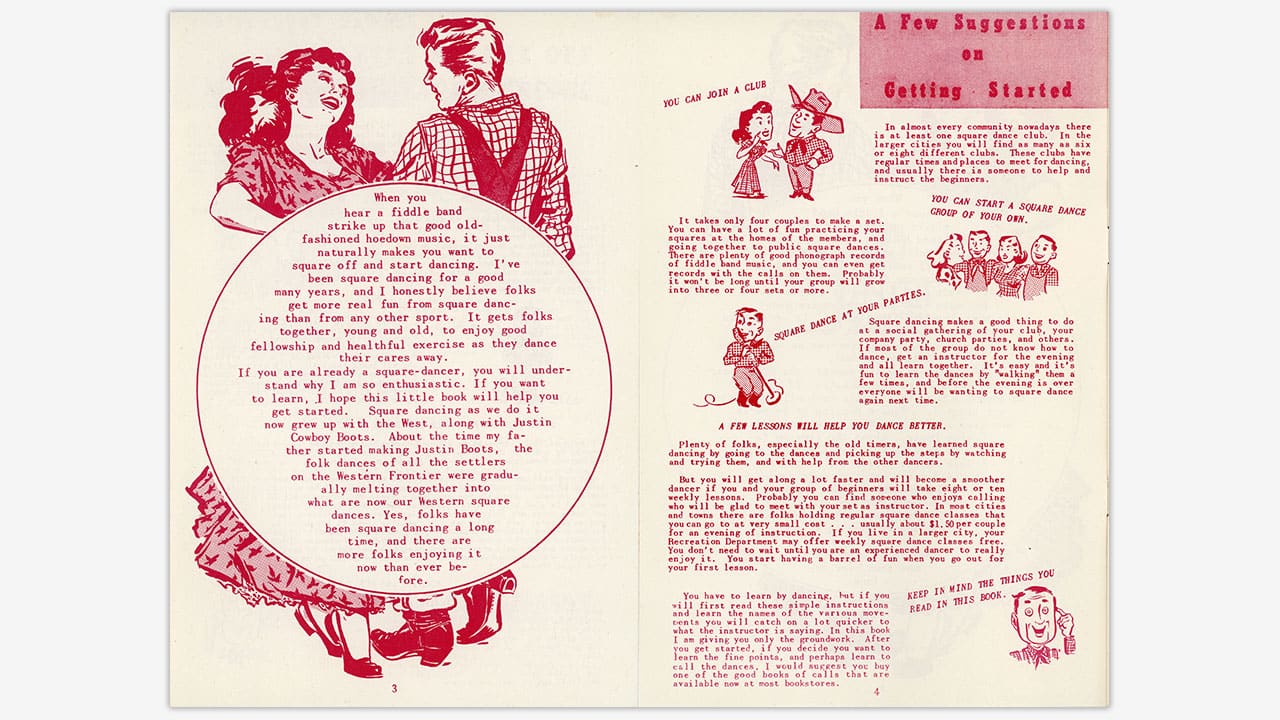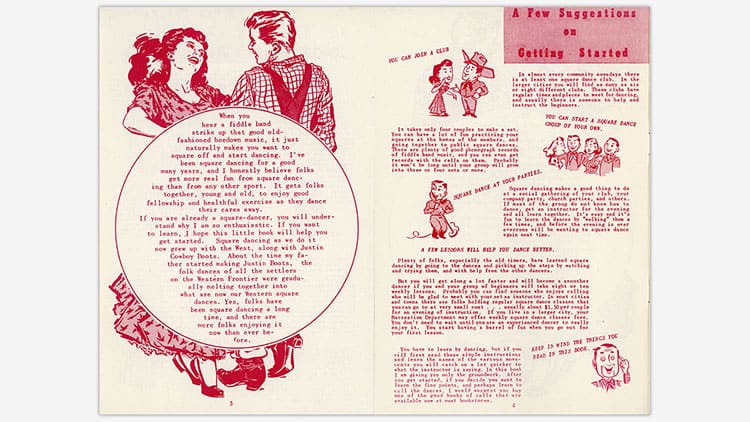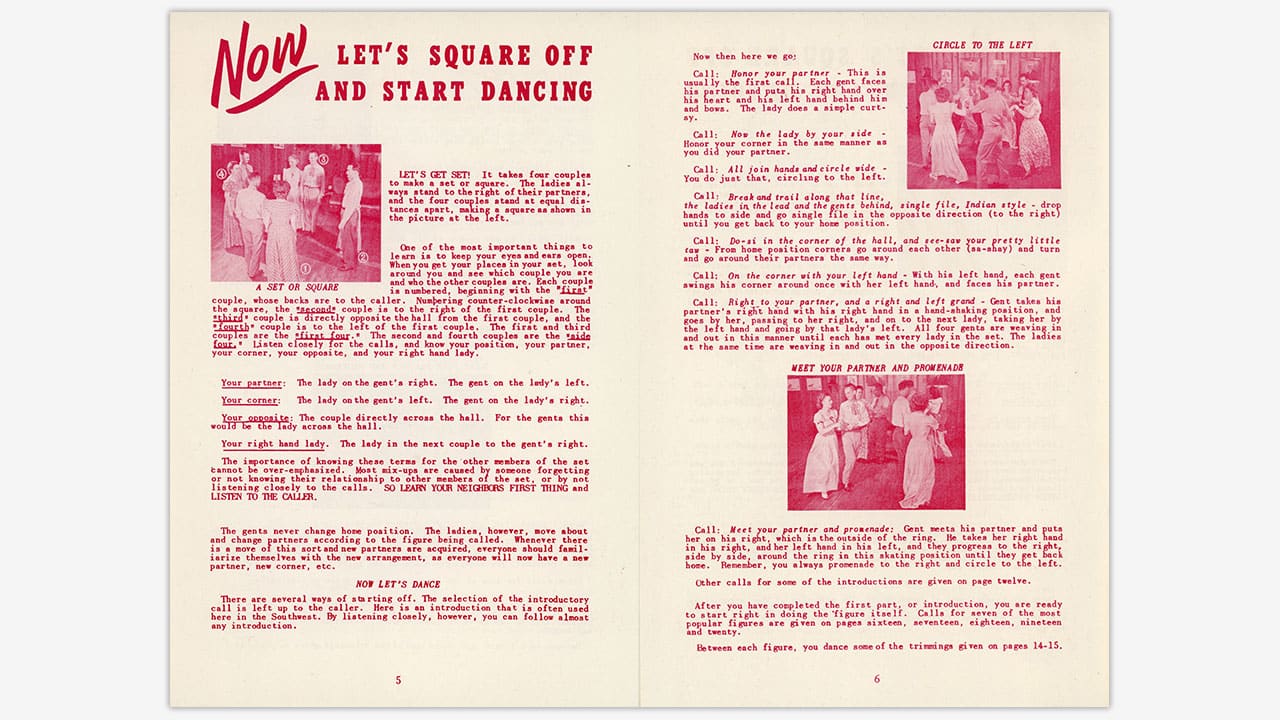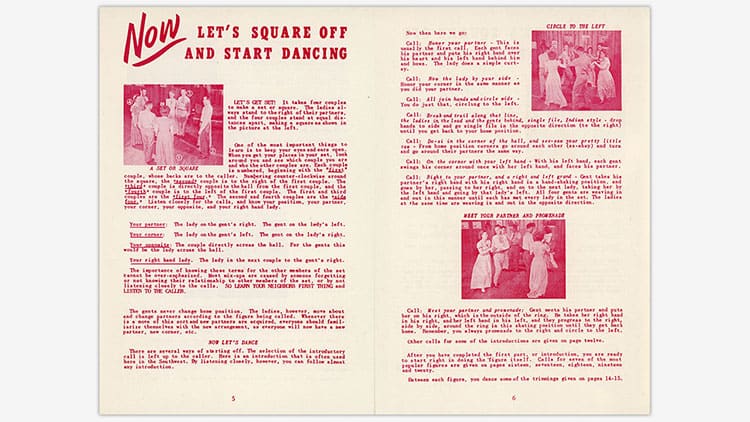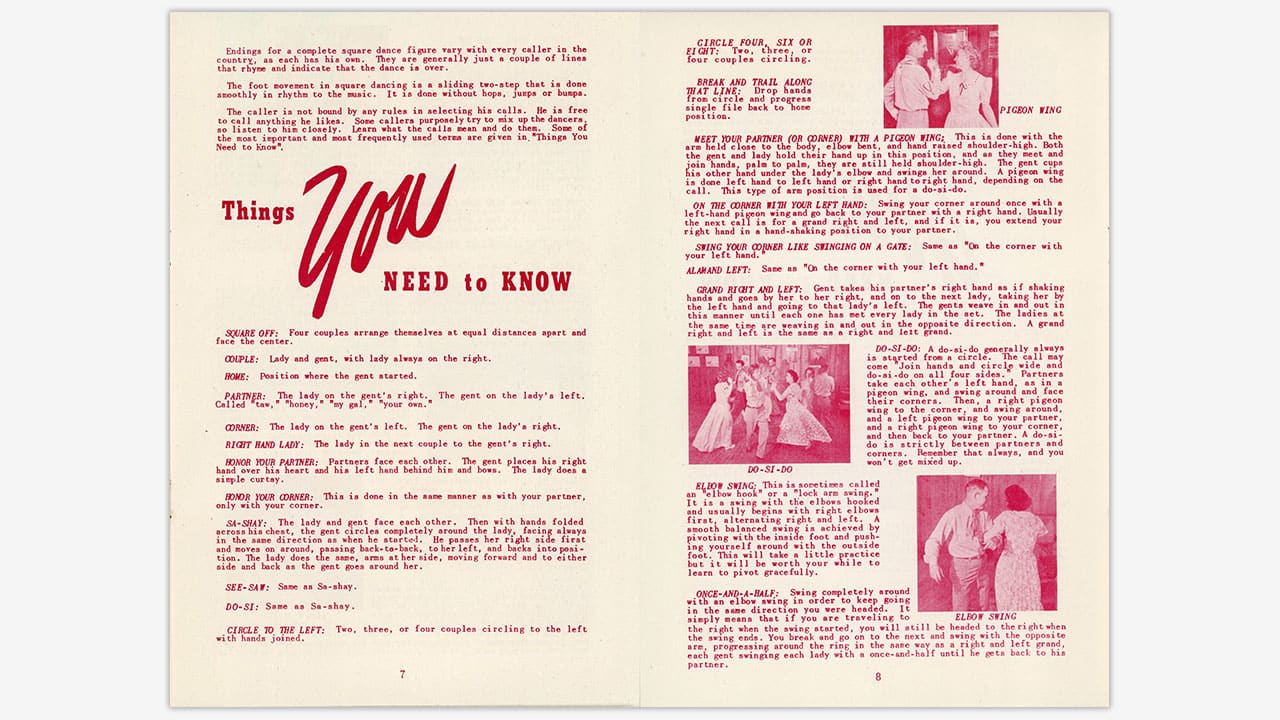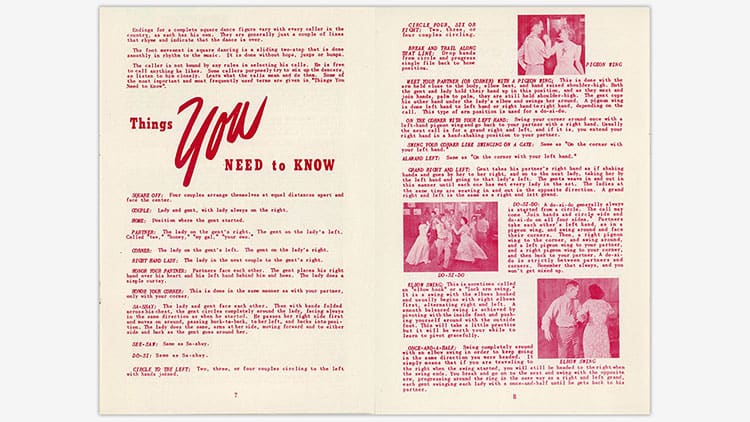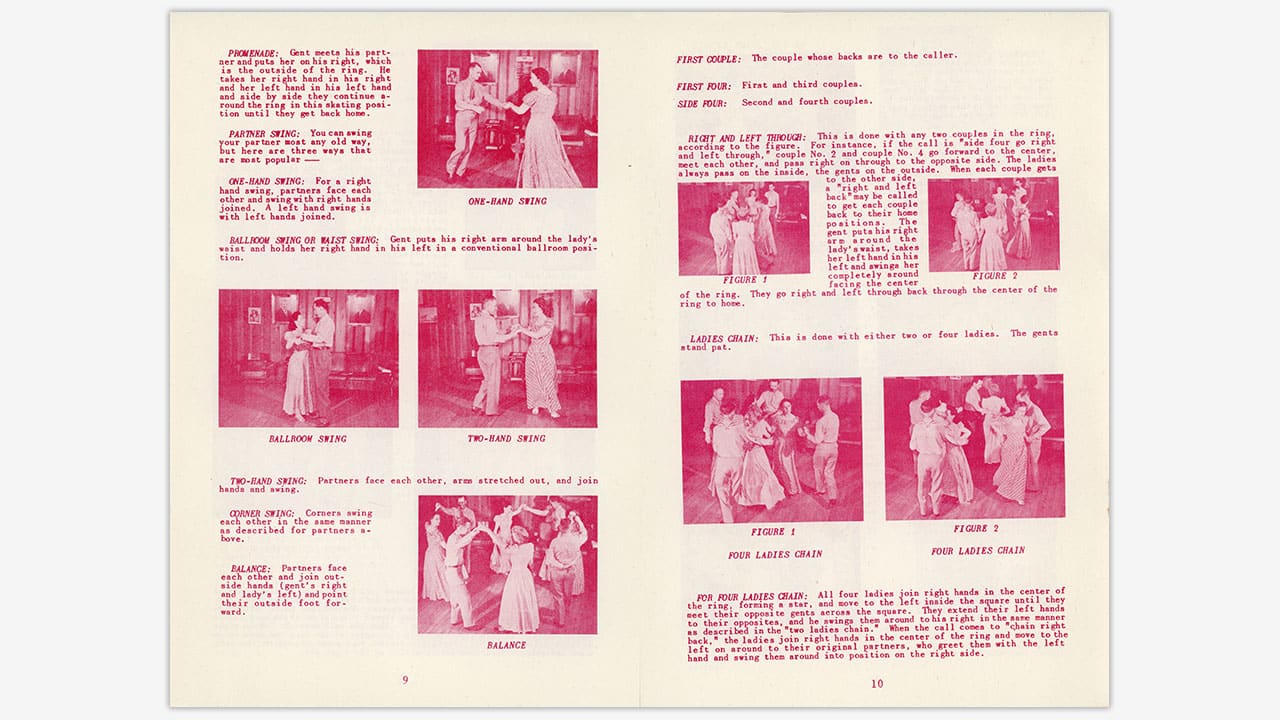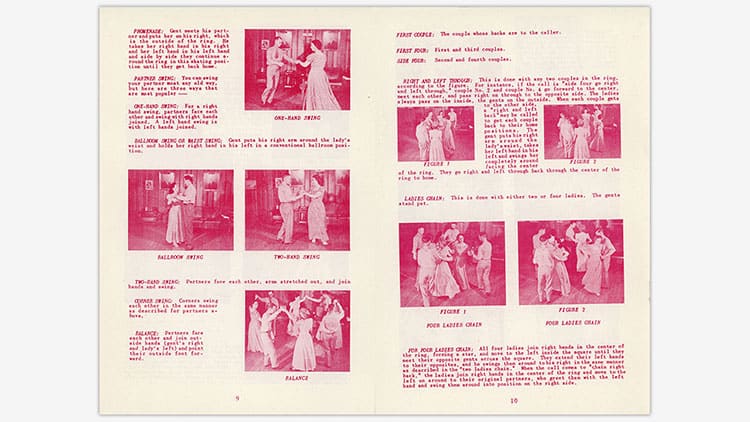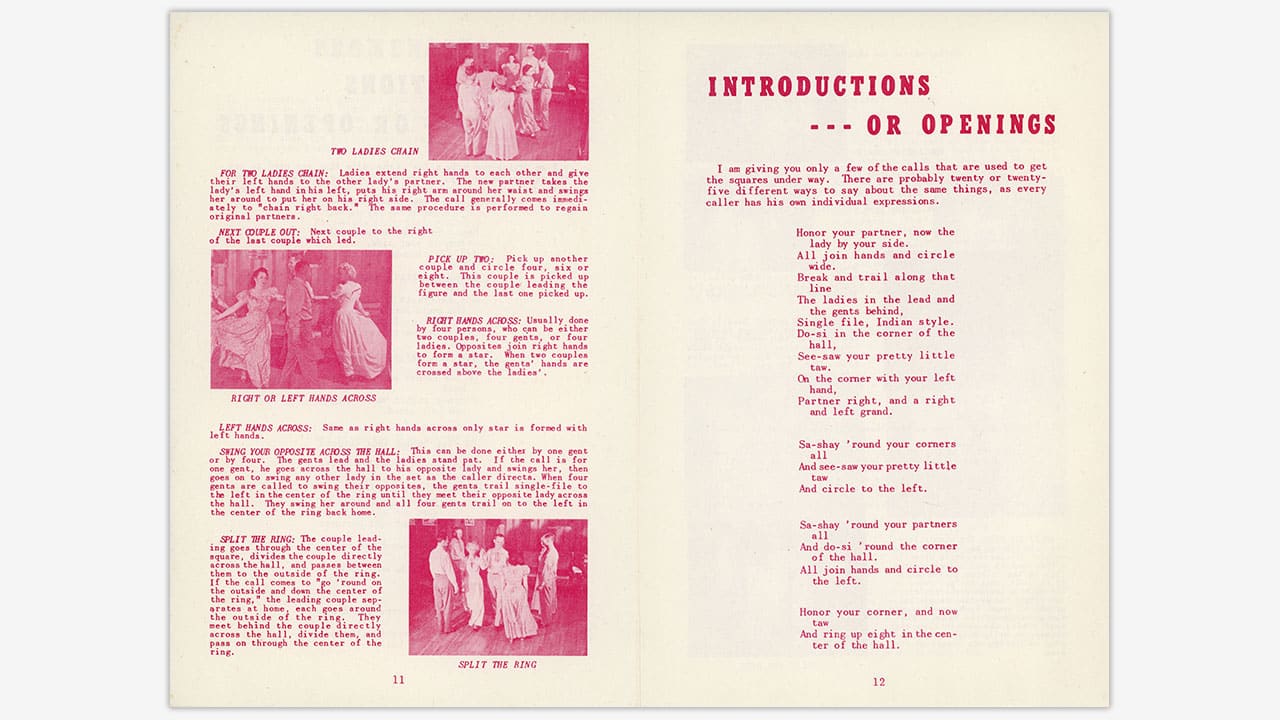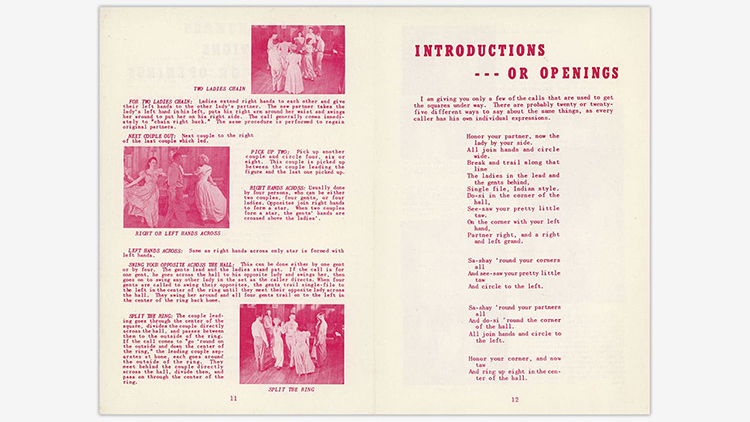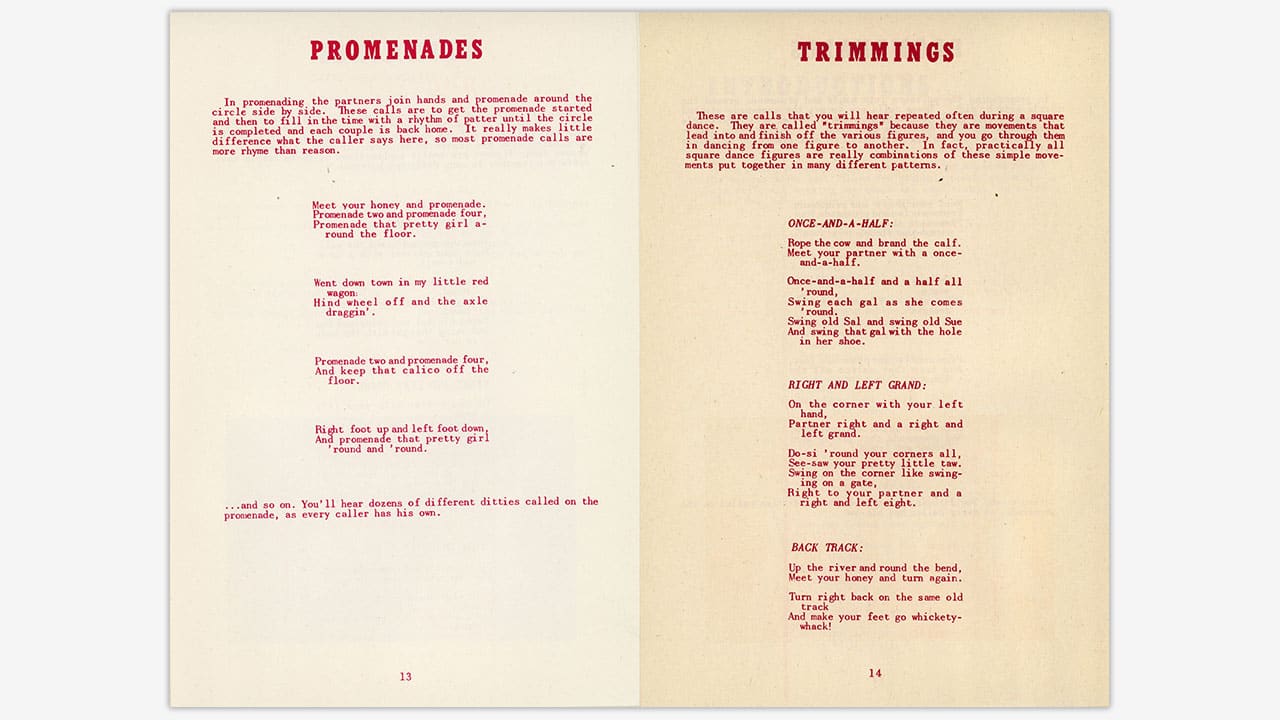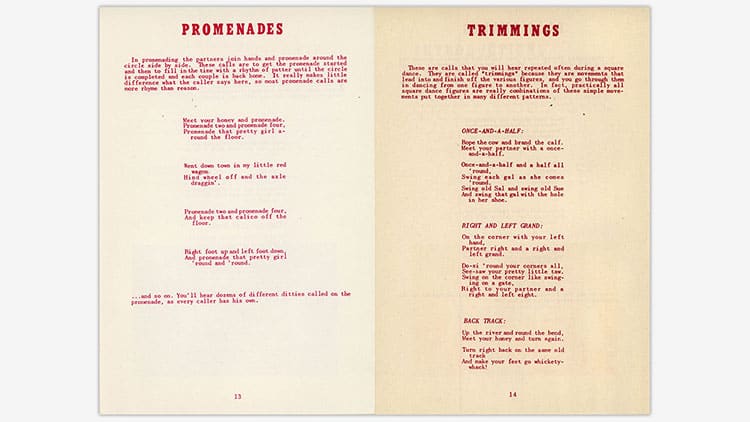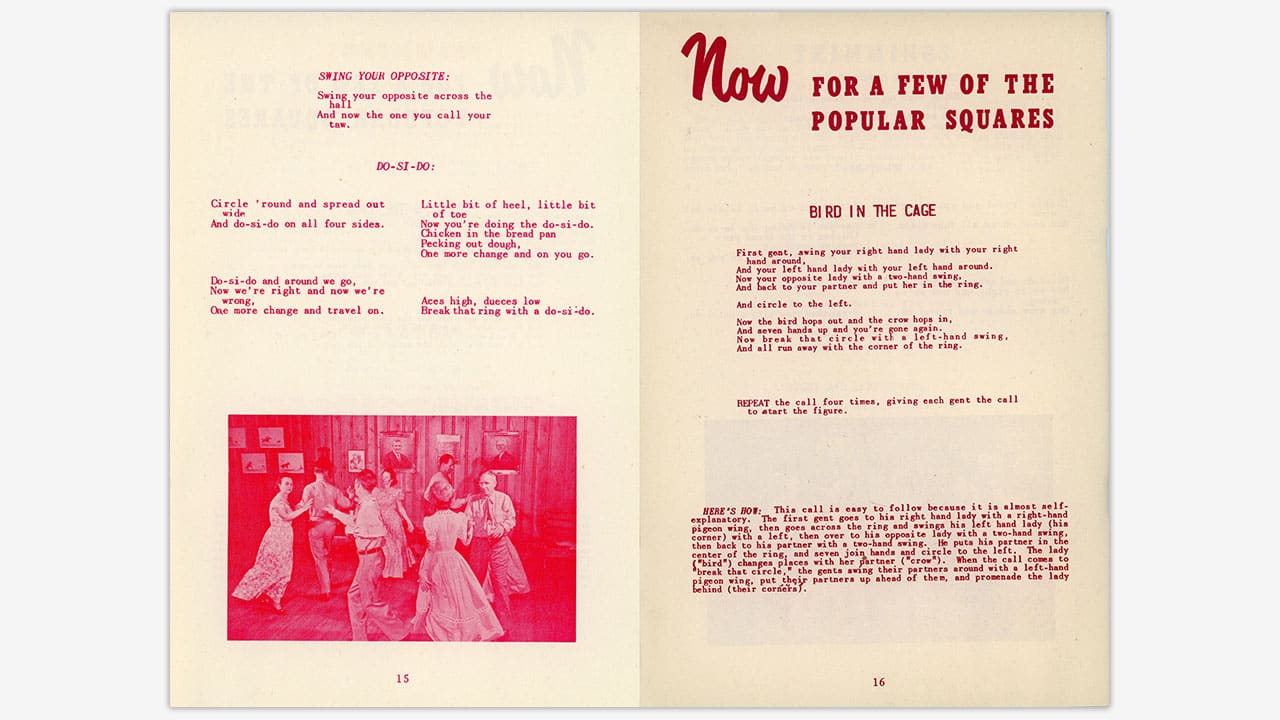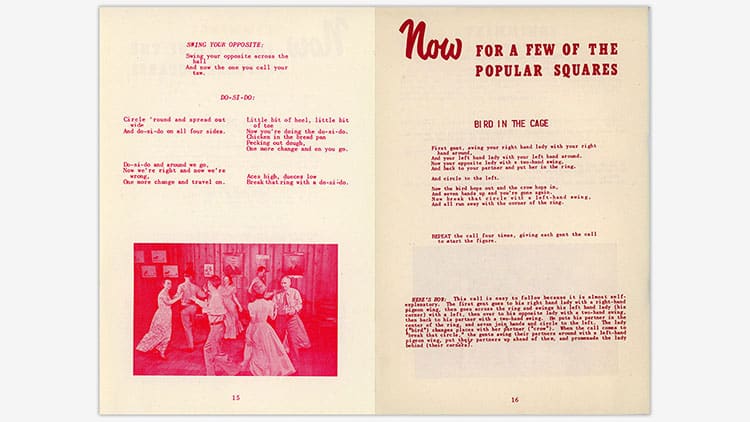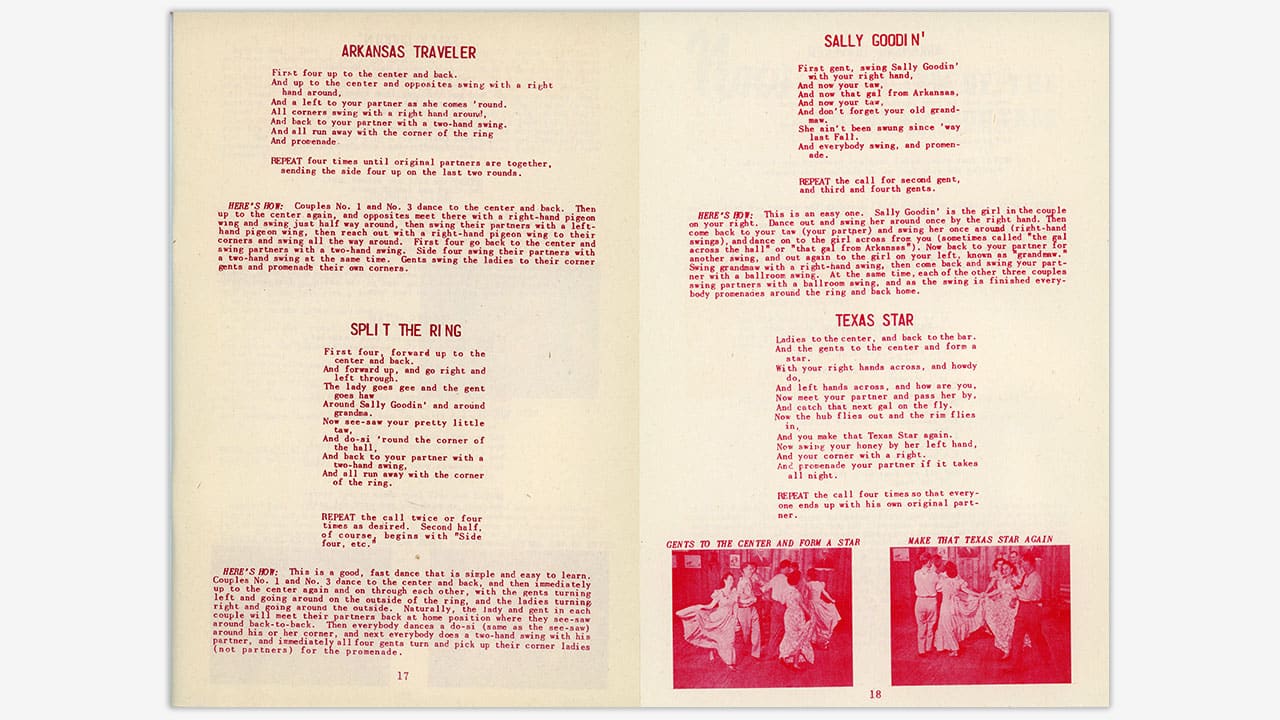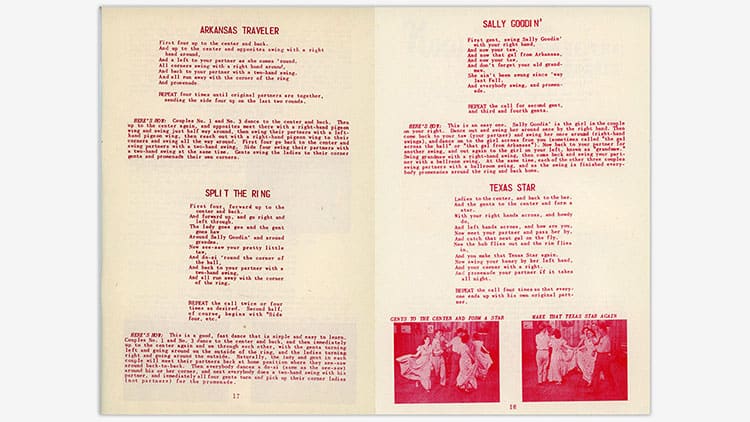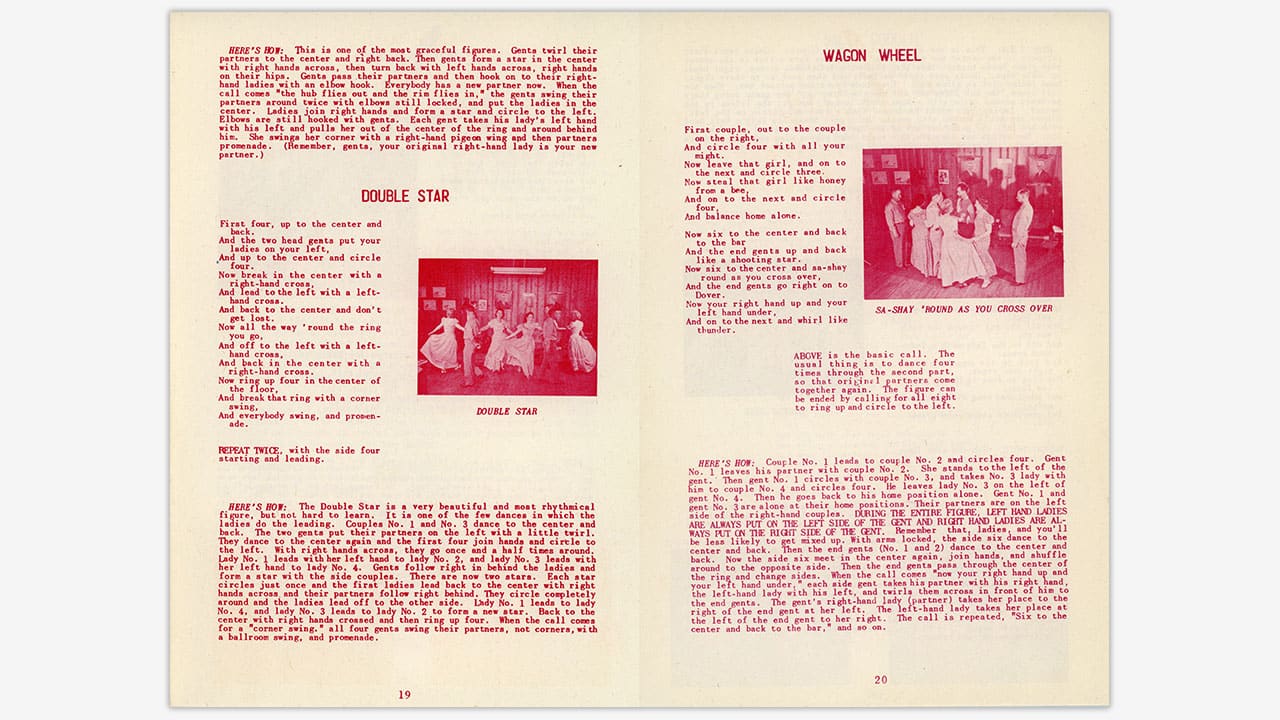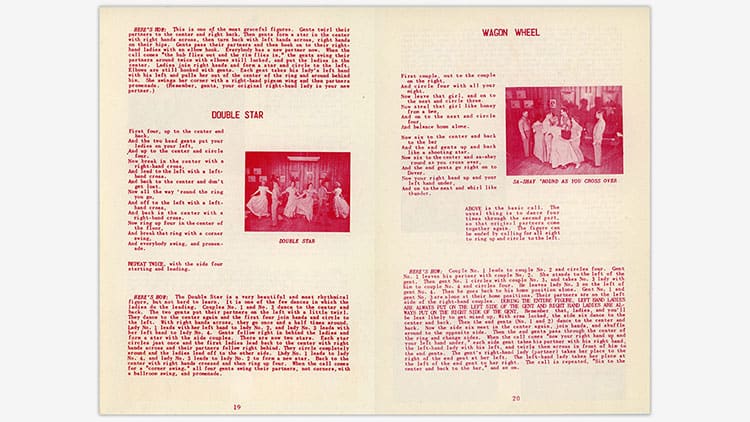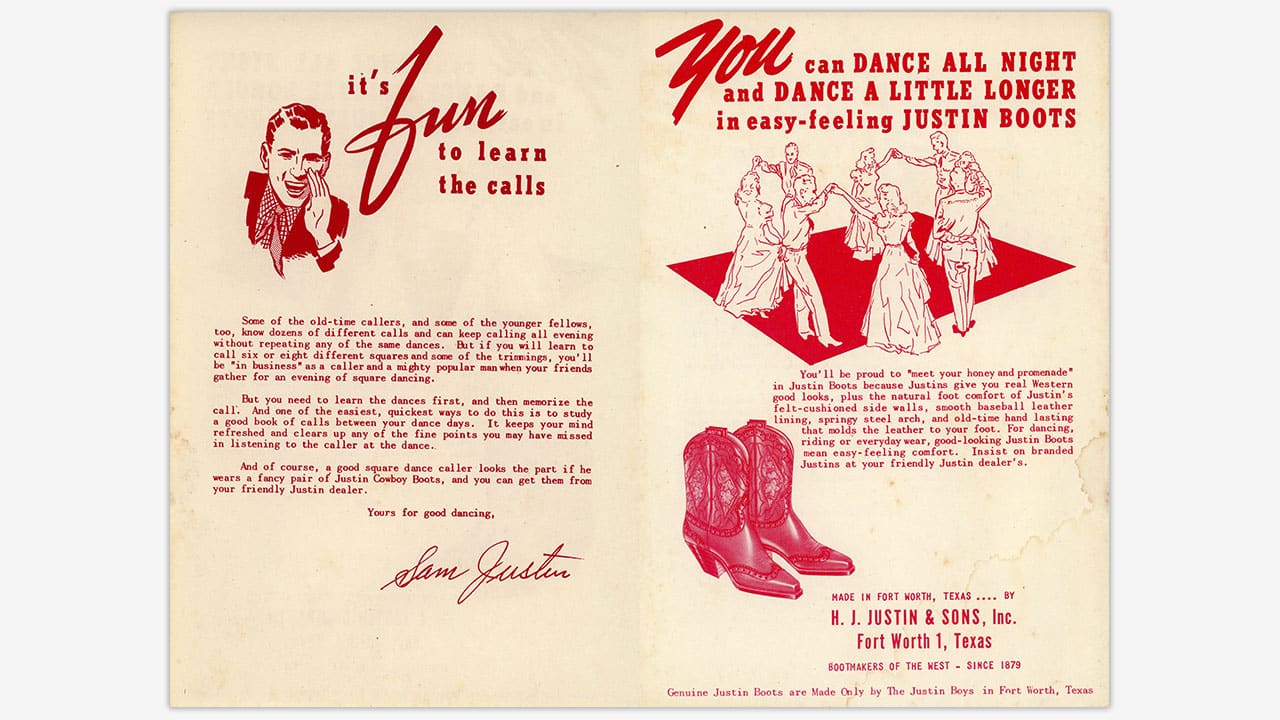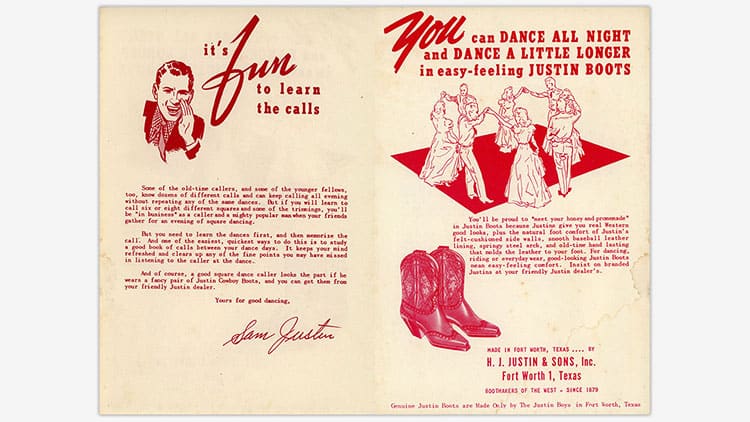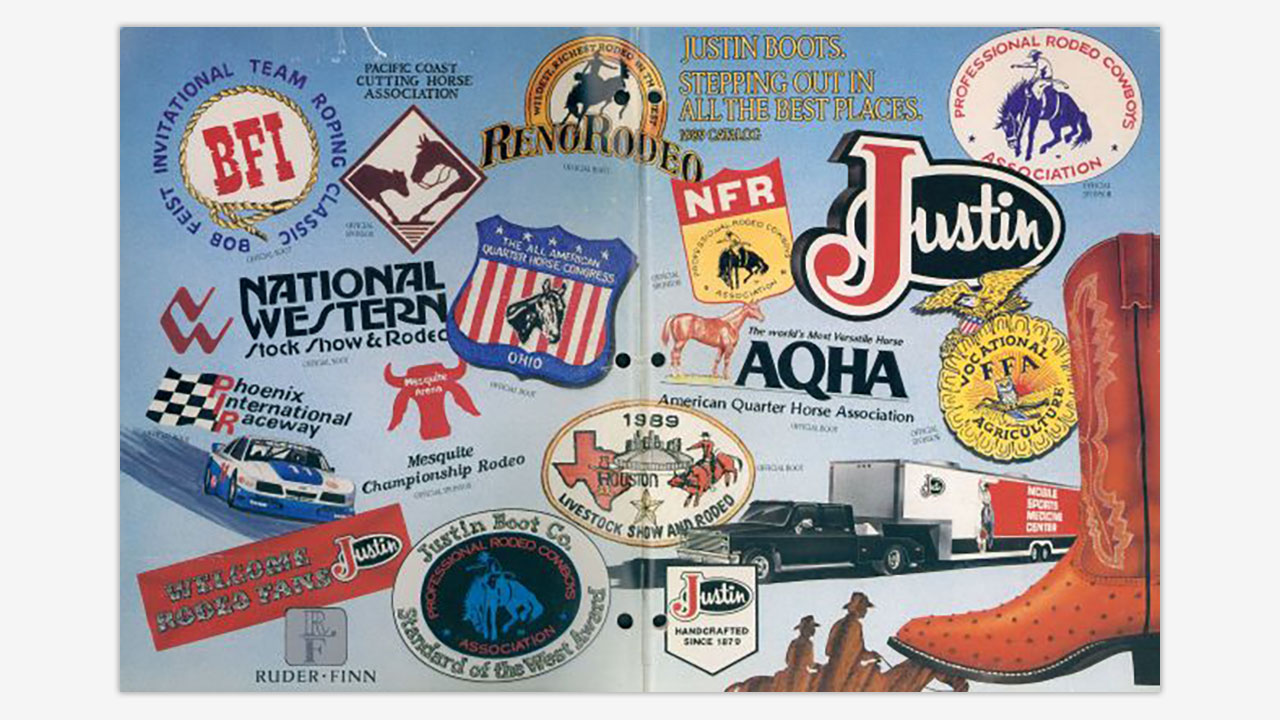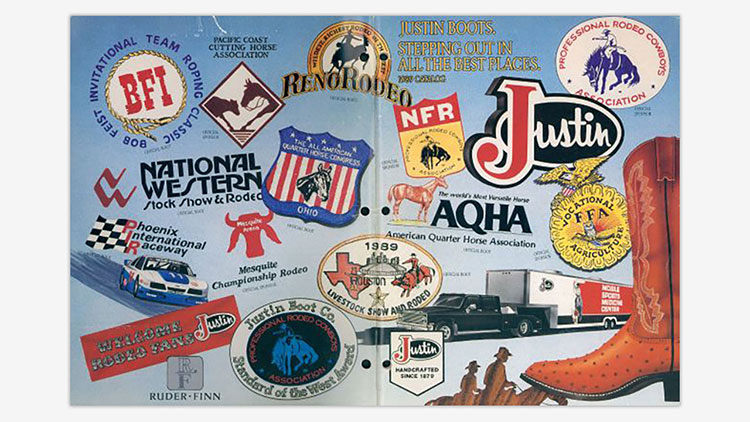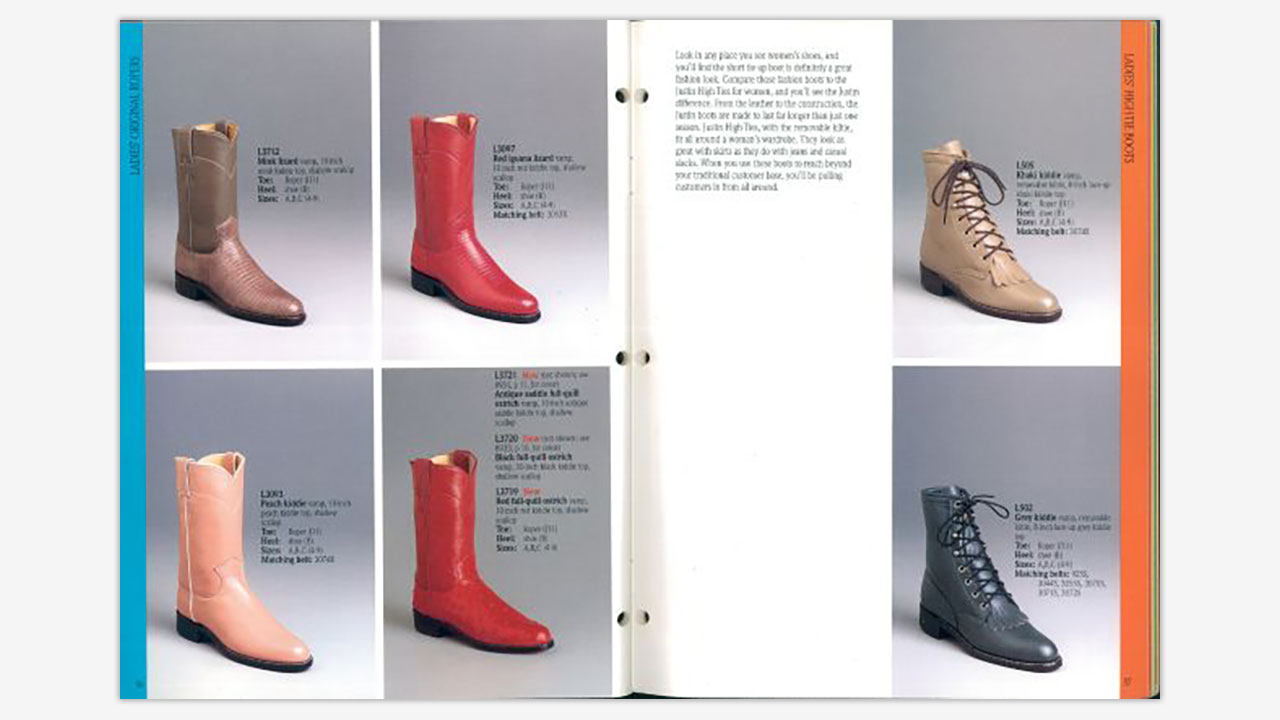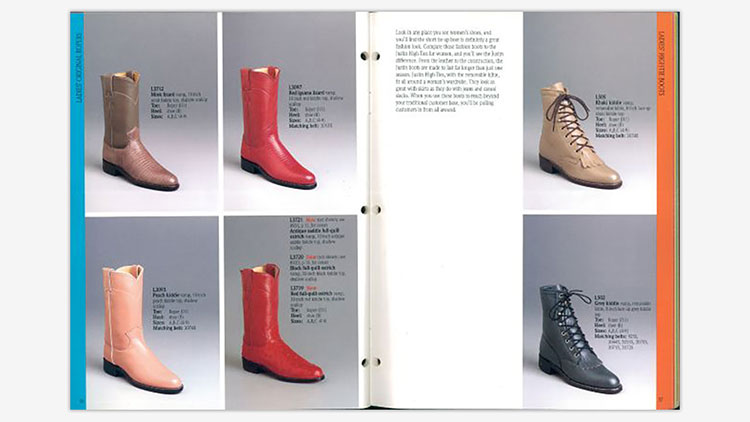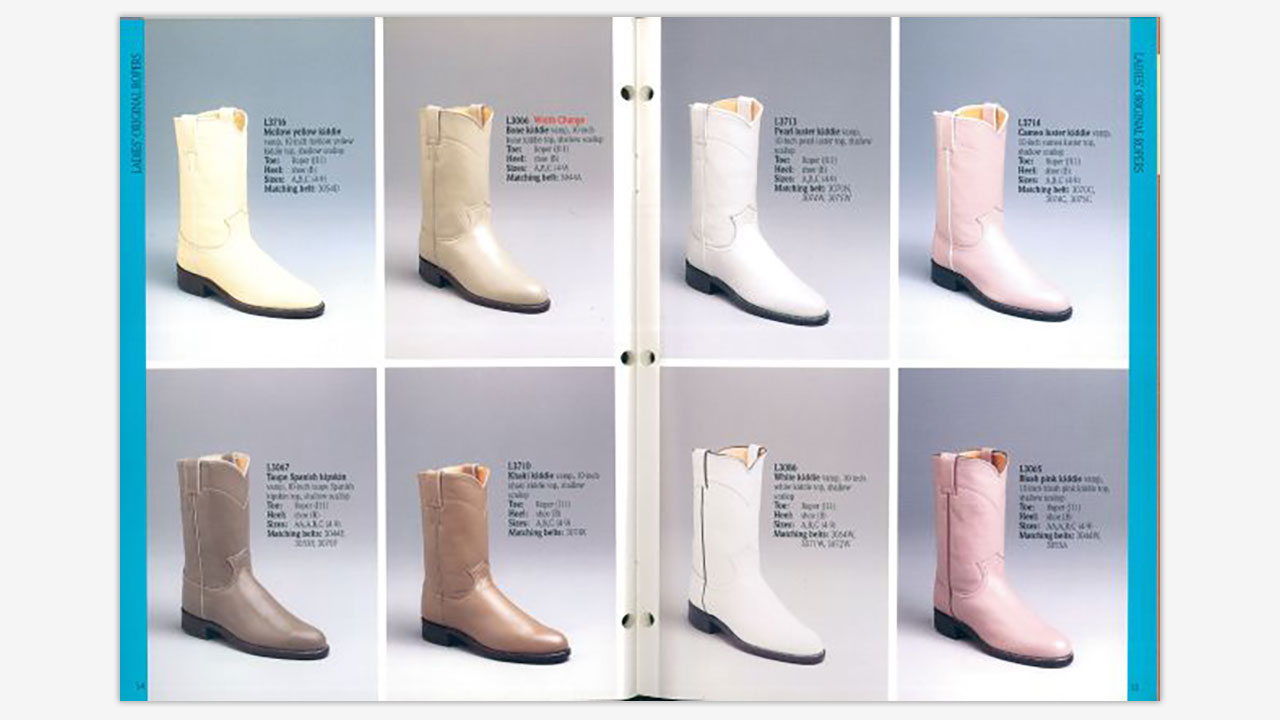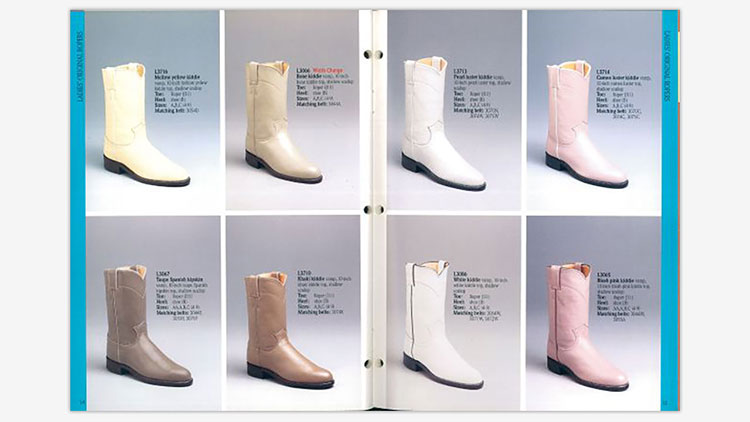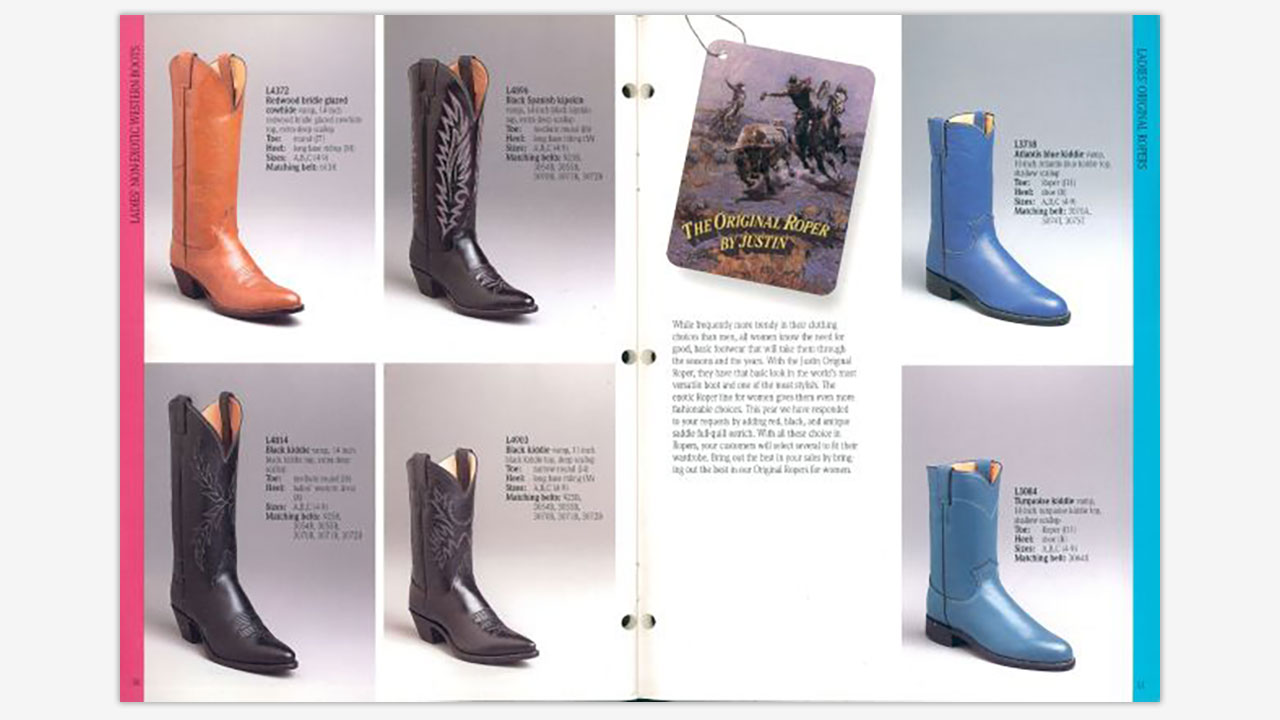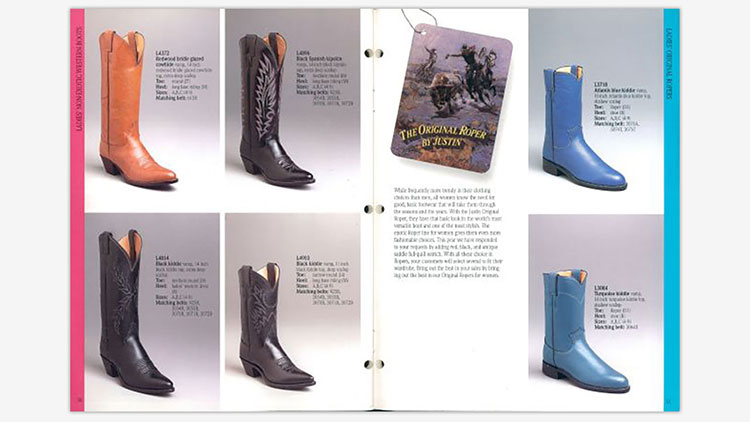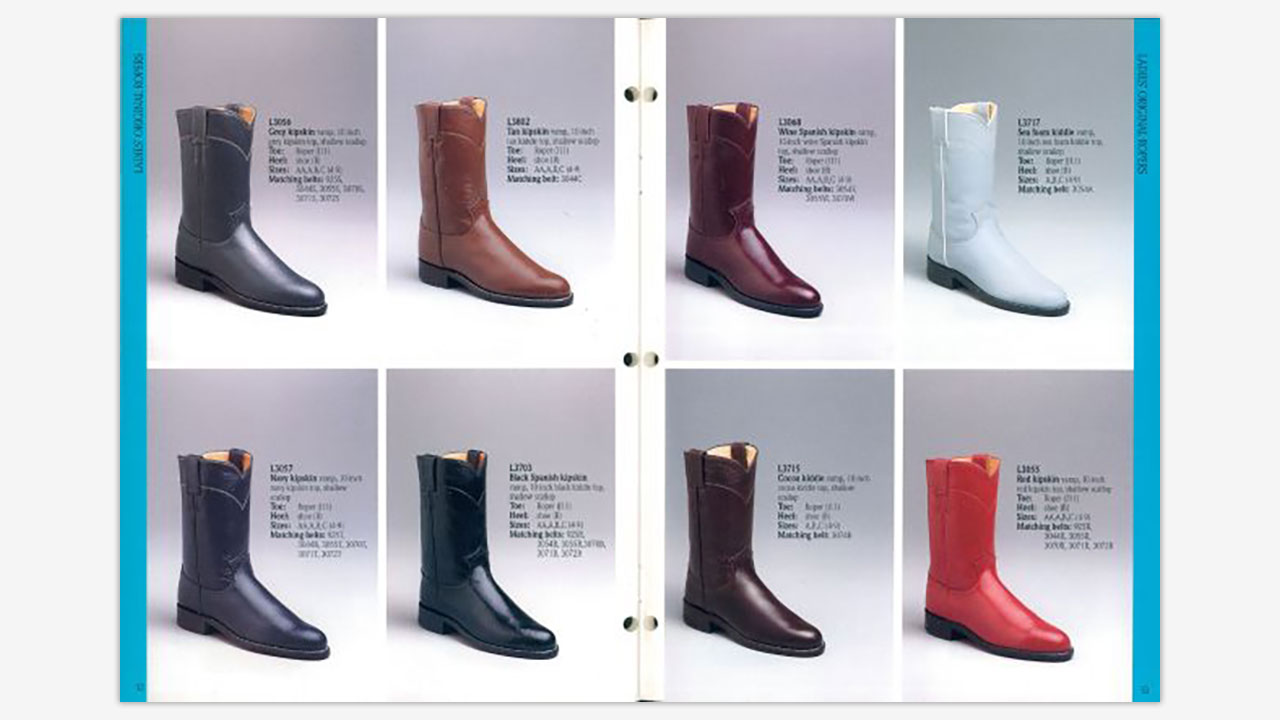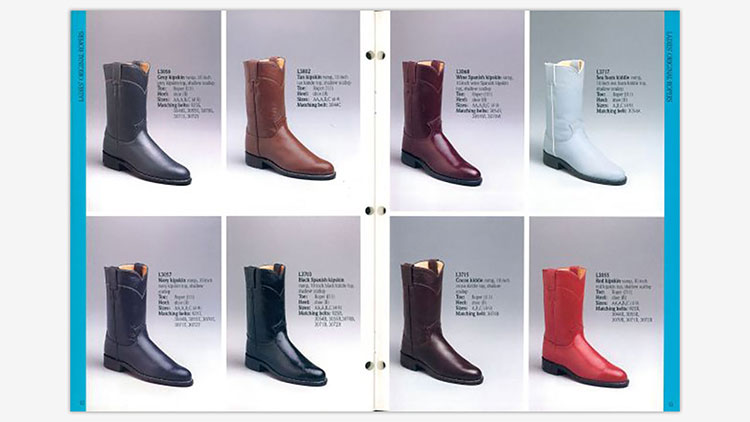the roper
First Discovered and Built by Justin Boots
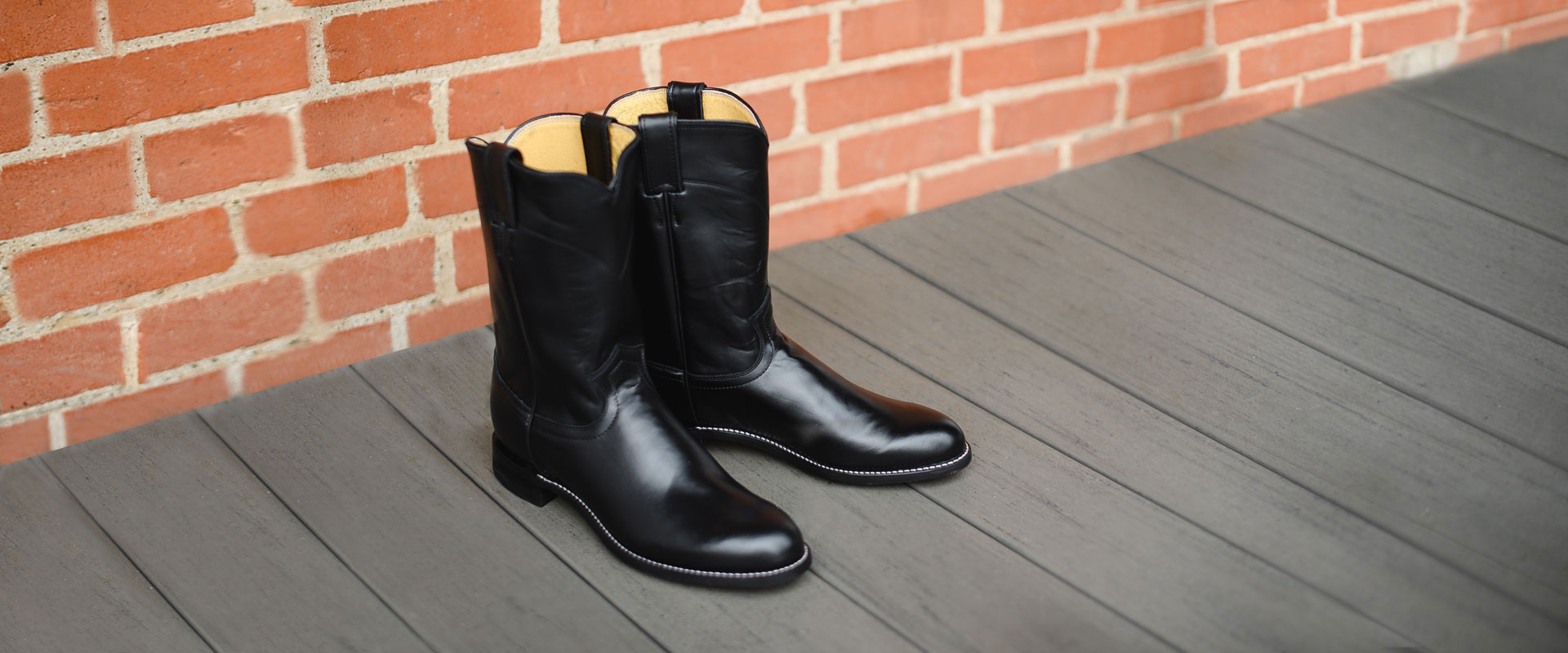
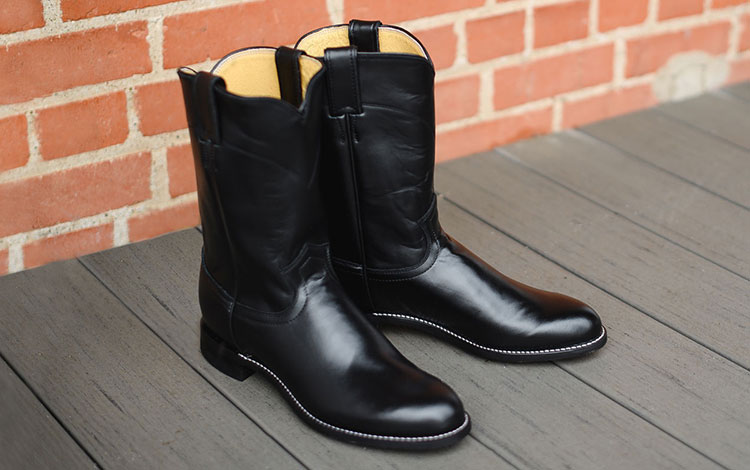
Our history
The origin of the original cowboy roper boot dates back to the 1950s. In the late 40s and early 50s, calf ropers wore baseball caps and tennis shoes. A cap didn't get in the way of the rope and tennis shoes allowed them to jump off their horse and run fast to the calf. The Rodeo Cowboys Association didn't like the image and issued a ruling that required proper attire for all rodeo contestants.
It was then that the calf ropers approached John Justin, Jr. asking, "John, we don't really need that high heel on our boots. Can you make us something different?" After many iterations, Justin remembered an old flat-heeled last called the 9315. The mold was formerly used to construct boots for the Army and the ROTC cadet officers at Texas A&M University. John’s father, H.J. Justin, always preached to his children, “never throw anything away, you never know when you’re going to need something.”
The birth of the roper may not have been possible without H.J. Justin’s wise advice. Since then, the roper has become one of our most popular products of all time.
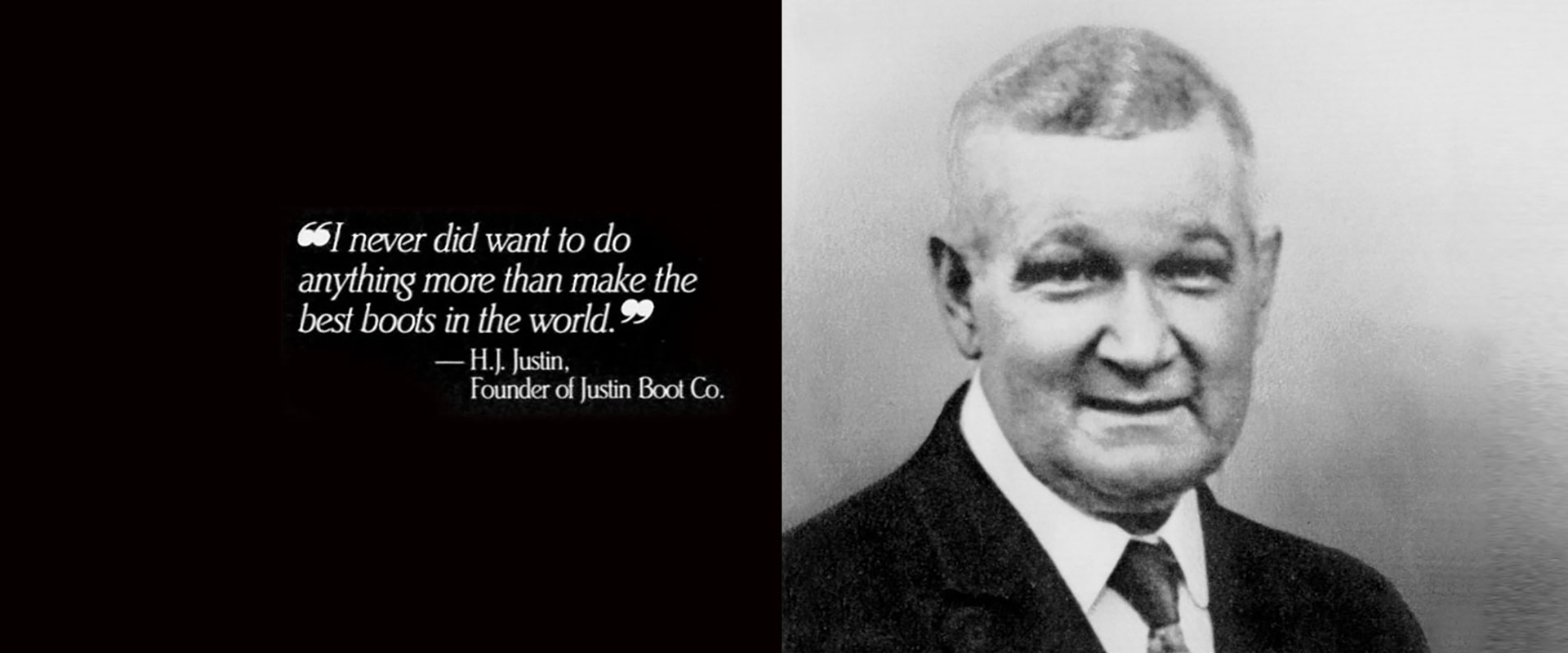
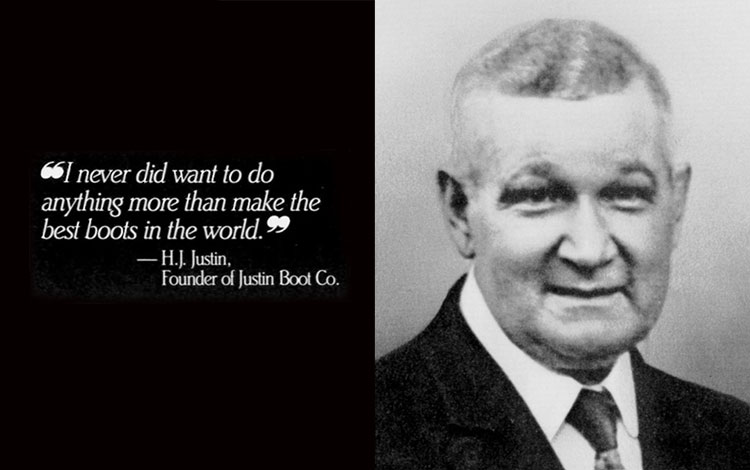
The justin story of quality.
When H. J. Justin began his bootmaking business in 1879 in a little wooden building near the Chisolm Trail, he had no choice but to make quality boots. Every piece had to be hand-cut and stitched – or else.
It wasn't long before his reputation for making quality boots grew among drovers, desperados and lawmen. A testament to the fact that his personal pledge was to make "the best boots in the world."
As a man of creativity and vision, he is credited for many things that helped shape the boot industry including introducing fancy stitching on boot tops and designing a self-measuring kit that allowed cowboys to "mail order" their boots during a time when travel was impractical at best.
But if you ask John Justin, grandson of H. J. he'll tell you that his grandfather's most important contribution was to set a standard for quality that his company is still proud to live up to.
Father knows best
For inspiration, John Justin decided to go through a back room full of old shoe lasts that his father refused to toss out. While working through the room he remembered a shoe his father had made during the war, a simple square dancing shoe for his brother, Sam. This style stood out to John because of its round toe and flat unit heel. He saw these features as a way to provide grip and security for the foot while the rider was in the saddle. Using this last, he added an eleven-inch shaft and the roper cowboy boot was born.
The characteristic toe and heel provide a relaxed fit in and out of the stirrup and the cushioned insole supports the foot for lasting comfort. All of which helped the new style become rapidly welcomed into the closets of ropers and rodeo goers alike.
Square Dancing is Easy Catalog by Sam Justin
Roper today
Ropers by Justin Boots saw a rapid increase in sales and have become a staple in our offering to this day. Rodeo competitors were thrilled with the smooth, comfortable feel of the roper, and production capacity maxed out at the Justin Boots Factory in Fort Worth, TX.
Today the first ever black pull on roper boot is still a customer favorite and is available to shop here.
Customers say the fit and style of this generational boots will never grow old. We can thank Sam’s 1930 kangaroo skin square dance shoes for the creation of the iconic roper boot that has since shaped the roper’s history.
The iconic Justin Roper all throughout the 80s
Thelma R. Gutierrez’s personal roper boot collection from the 1980s.
A remarkable lady with a masters in education, 20+ years of elementary school teaching, and an avid lover of the American Quarter Horse Association.
She owned the Justin Roper in nearly every color that was made.
